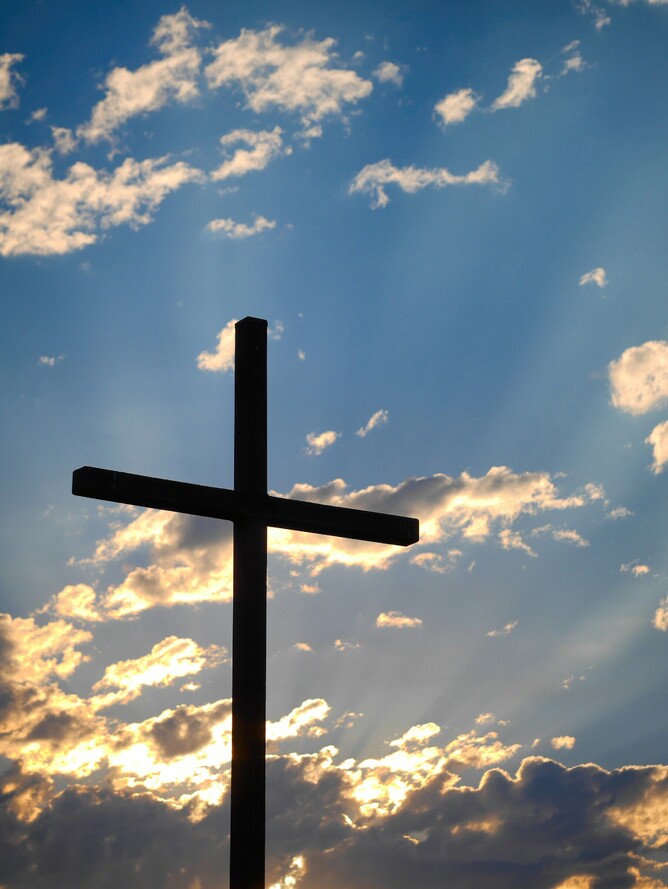By Mark Grace, CCCNZ Ambassador
A, no ka tae ki te ono o nga haora, ka pouri a runga o te whenua katoa, taea noatia te iwa o nga haora. A i te iwa o nga haora ka karanga a Ihu, he nui te reo, ka mea, Eroi, Eroi, rama hapakatani? ko te tikanga tenei ina whakamaoritia, E toku Atua, e toku Atua, he aha koe i whakarere ai i ahau?
O le itūlā e sefulu ma le lua i le aoauli na pogisā ai le nu‘u uma se‘ia o‘o i le itūlā e tolu. O le itūlā fo‘i e tolu na ‘alaga leo tele ai Iesu, “Eloi, Eloi, lama sapatani?” O lona uiga, “Lo‘u Atua e, lo‘u Atua e, aiseā ‘ua e tu‘ulafoa‘iina ai a‘u?”
At noon, darkness came over the whole land until three in the afternoon. And at three in the afternoon Jesus cried out in a loud voice, “Eloi, Eloi, lema sabachthani?” (which means “My God, my God, why have you forsaken me?”).
Mark 15:33-34
At noon, darkness fell. At the same time, 16,000 kilometers away, the New Zealand landmass was covered in its own darkness. From noon for three hours, Golgotha and what came to be known as Aotearoa were both cloaked in darkness.
At noon, in the darkness, many years ago, Christ was crucified for everyone who would come to this island nation of ours.
At three in the afternoon, Christ was dying in the darkness. He was murdered during our midnight.
That night, New Zealand was covered by thick Kauri forests. It’s likely that Lake Taupō was still forming. Mount Ruapehu and Whakaari White Island were active.
I often reflect on what was happening on our islands as our Lord cried out his forsakenness.
I can imagine the kiwi on the West Coast stopping from their foraging. I can imagine the takahe waking quickly from their sleep in the Alpine valleys. I can imagine the kea nestled in the rock crevices high in the Southern Alps, instantly alert from its slumber. I can imagine the mighty moa in the dense forests of Manawatū suddenly alert. I can imagine that somehow, in some way, every creature would sense their Creator was being killed.
Then I reflect on Christ's forsakenness. He was forsaken so that we might come into fellowship with God.
He was abandoned so we could be embraced. He was cast out so that we might be brought in. He was forsaken so we could be forgiven.
I am grateful that under God’s good hand, 1800 years later, this news of Christ’s death in the darkness—and resurrection on the third day—would travel the 16,000 kilometers from Israel to these islands. I am grateful that over the following 200 years it would spread across our land and be passed down from our ancestors to us.
It’s strange to think that a single death that took place across the globe, thousands of years ago, in the middle of our nighttime could have such an impact on us today. But it is his death that makes the difference between life and death for us, as Isaiah says:
“He was pierced for our transgressions,
he was crushed for our iniquities;
the punishment that brought us peace was on him,
and by his wounds we are healed (53:5).”



